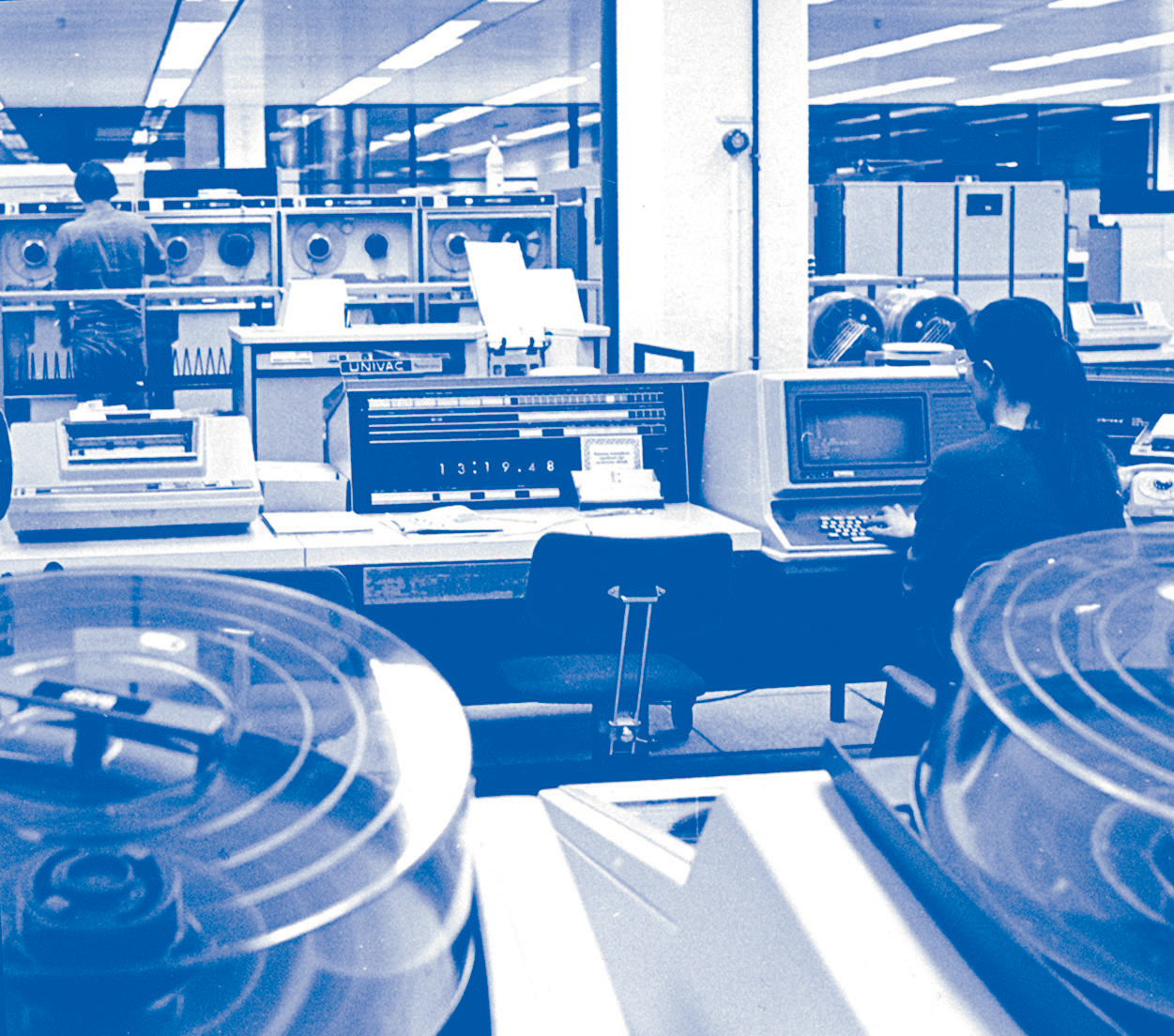The anniversary of Finnish independence this year (6 December) also marked a major milestone for Sitra; to mark the celebrations, we reviewed our project outcomes and key accomplishments over the last five decades. What can we learn from looking back? One, that the issues we deal with never really change. But Sitra, Finland and the world around us certainly have changed.
This year, on 5 December, we celebrated our 47th anniversary. Sitra was founded in honour of the 50th anniversary of Finnish independence, at the anniversary plenary session in 1967. It was established to boost industrial research activity in Finland.
The sole item on the agenda of the anniversary plenary session was the formulation of the act of Parliament on which Sitra would be founded. Sitra began as an organisation belonging to the Bank of Finland, which endowed the newly established fund with capital of 100 million Finnish markka in bonds. Sitra was tasked with ensuring the stability of the Finnish markka, boosting economic growth and improving Finland’s international competitiveness.
True to its mission statement, Sitra supported projects that might not otherwise have been launched quickly or extensively enough. Sitra promoted the launch of projects that were of importance to Finland’s national economy and society, through kick-start funding and other financial support.
Tight criteria were applied to selecting the funding targets. Funding could be granted for projects which, among other objectives, created the conditions for initiating domestic production in new fields, promoted the more efficient use of public resources, or enabled the correct use of natural resources.
From the very beginning, Sitra took on the task of commissioning research of “general importance” within areas of Finnish society and the economy into which others would not venture. Such assignments were selected on the basis of the following principles:
- the research was aimed at finding new solutions to specific problems;
- in successful cases, the results were to generate clear economic benefits; and
- Finnish society’s preparedness for future changes was to be enhanced.
For a long time, Sitra did not operate according to a focus area-based approach. It was believed that most funding would automatically find its way to well-founded projects within organisations, based on demand and regardless of the line of business.
This is the key difference that springs to mind when comparing Sitra’s past with the present day. Pretty much every other aspect still rings true!
The Finnish markka has been exchanged for the euro, and quantitative measurements of economic growth are now accompanied by qualitative growth assessments – but no major changes have been made to Sitra’s objectives over the last 47 years.
So what does a list of Sitra’s social impact themes from its early decades look like (compared to the current ones)?
- Future, futurology and technology foresight – foresight always lies at the core of the operations of a future-oriented organisation, but its scope has been expanded from technology into other areas of society
- Environmental protection, natural resources – we are putting our weight behind the task of the creation of a circular economy in Finland
- Energy, saving energy, energy sources, energy engineering, biomass – perhaps you have heard of our ongoing resource wisdom and carbon-neutral industry project entities?
- The economy, international competitiveness – in 2014, we launched a new theme dealing with economic issues
- Societal training – this is still at the core of Sitra’s operations
- Education: teaching materials and tools, research – the changes in learning in a world that is growing more complex are addressed in Sitra’s Forum for New Education, which starts this week
- ICT (information and communication technology) – society is not yet fully digitised, which is why we are continuing our work on e-services
- Healthcare, medical technology – issues currently at the forefront include the funding system for social welfare and healthcare services and opportunities in self-care
- Gene technology, biotechnology – we are currently accelerating the completion of a national genome strategy, alongside the Ministry of Social Affairs and Health
While the themes that we are dealing with have not changed in essence, the world, Finland and Sitra as an organisation certainly have. The working methods used by Sitra in carrying out its fundamental tasks – approved by Parliament at the anniversary plenary session of 1967 – and the duties established in the new Act on Sitra, which entered into force in 1991, have kept changing according to which appeared to be the best suited to bringing added value to Finland at any given time. The 1991 Act on Sitra also gave the organisation a new name, position and administration. Sitra was transformed into an independent fund reporting directly to the Finnish Parliament and was renamed the Finnish Innovation Fund.
For the first 20 years, Sitra’s main role was that of a provider of research and development funding for companies. A transition was made at the turn of the 1990s, to investing in early-stage technology companies through venture capital funds. With this transition, Sitra began to develop a venture capital industry in Finland. For many, Sitra is still associated with this role. After all, even our name is suggestive of it.
Sitra began seeking a social impact in the 21st century; i.e. it became a sort of agent for change. The changes in our operating model were followed by another, long-awaited change: last week we moved to our new “home” on the other side of Itämerentori in Ruoholahti, where Sitra’s offices are all located on the same floor. A shared working environment will support our youthful 47-year-old organisation in achieving its goal of working together in a more flexible and effective manner.
A belated happy Independence Day!











Recommended